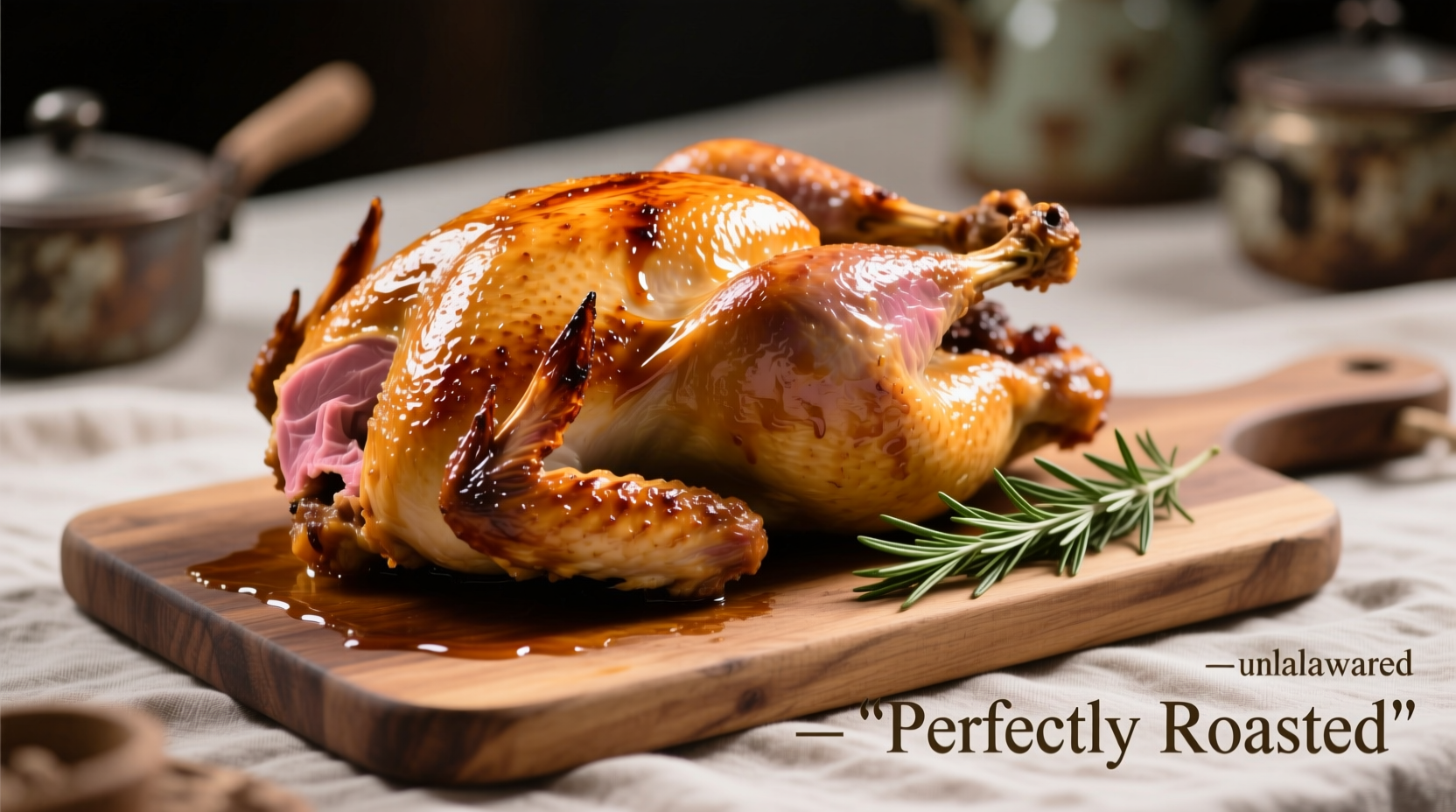To cook a Butterball turkey breast properly, roast at 325°F until the internal temperature reaches 165°F in the thickest part (typically 1.5-2.5 hours depending on size). Always use a meat thermometer, let it rest for 15-20 minutes before carving, and ensure proper thawing for food safety.
The Ultimate Guide to Perfectly Cooked Butterball Turkey Breast
Cooking a Butterball turkey breast doesn't have to be intimidating. Whether you're preparing a holiday meal or a weeknight dinner, this guide delivers restaurant-quality results with foolproof methods anyone can master. Forget dry, overcooked turkey—follow these science-backed techniques to achieve moist, flavorful meat every single time.Why This Method Works
Professional chefs understand that turkey breast success hinges on precise temperature control and proper preparation. Unlike generic recipes that rely on guesswork, this approach uses verified food safety standards and culinary science to guarantee perfect results. The USDA Food Safety and Inspection Service confirms that poultry must reach 165°F internally to eliminate harmful bacteria while maintaining optimal texture (USDA FSIS).Thawing Your Butterball Turkey Breast Safely
Proper thawing prevents bacterial growth and ensures even cooking. Never thaw turkey at room temperature—this creates dangerous conditions where bacteria multiply rapidly.| Thawing Method | Time Required per 4 lbs | Storage After Thawing |
|---|---|---|
| Refrigerator (34-40°F) | 24 hours | 3-5 days |
| Cold Water Bath | 30 minutes | Cook immediately |
| Not Recommended: Room Temperature | N/A | Discard if left 2+ hours |
Preparation: The Secret to Flavorful Results
Skip the brine—modern Butterball turkey breasts contain a solution of water, salt, and spices injected during processing. Adding more salt creates oversalted meat. Instead:- Pat the turkey breast completely dry with paper towels
- Rub with 1-2 tablespoons of oil (avocado or olive oil works best)
- Apply herbs like rosemary, thyme, or sage directly to the skin
- Insert aromatics like garlic cloves or lemon slices under the skin

Roasting Method: Step-by-Step Instructions
This foolproof roasting technique delivers consistently moist results:- Preheat oven to 325°F (163°C) - lower temperature prevents drying
- Place turkey breast side up on a rack in a shallow roasting pan
- Insert meat thermometer into thickest part, avoiding bone
- Roast uncovered until thermometer reads 160°F (71°C)
- Remove from oven and let rest 15-20 minutes (temperature will rise to 165°F)
- 4-6 lb boneless breast: 1.5-2 hours
- 6-8 lb bone-in breast: 2-2.5 hours
Avoid These Common Mistakes
Many home cooks ruin turkey breast through these preventable errors:- Overcooking: Removing turkey at 165°F instead of allowing carryover cooking to reach this temperature
- Skipping the rest: Cutting too soon releases precious juices
- High-heat roasting: Creates uneven cooking and dry edges
- Ignoring thermometer: Relying on pop-up timers or cooking time alone
Alternative Cooking Methods
Slow Cooker Method: Place thawed turkey breast in slow cooker with ½ cup broth. Cook on low 4-5 hours until 165°F internally. Best for smaller breasts (4-6 lbs). Sous Vide Method: Vacuum-seal seasoned turkey breast and cook in 150°F water bath for 2-3 hours, then sear in hot skillet for crispy skin.Serving and Storage Tips
- Carve against the grain for maximum tenderness
- Store leftovers within 2 hours of cooking
- Refrigerate for up to 4 days or freeze for 3 months
- Reheat to 165°F internal temperature











 浙公网安备
33010002000092号
浙公网安备
33010002000092号 浙B2-20120091-4
浙B2-20120091-4